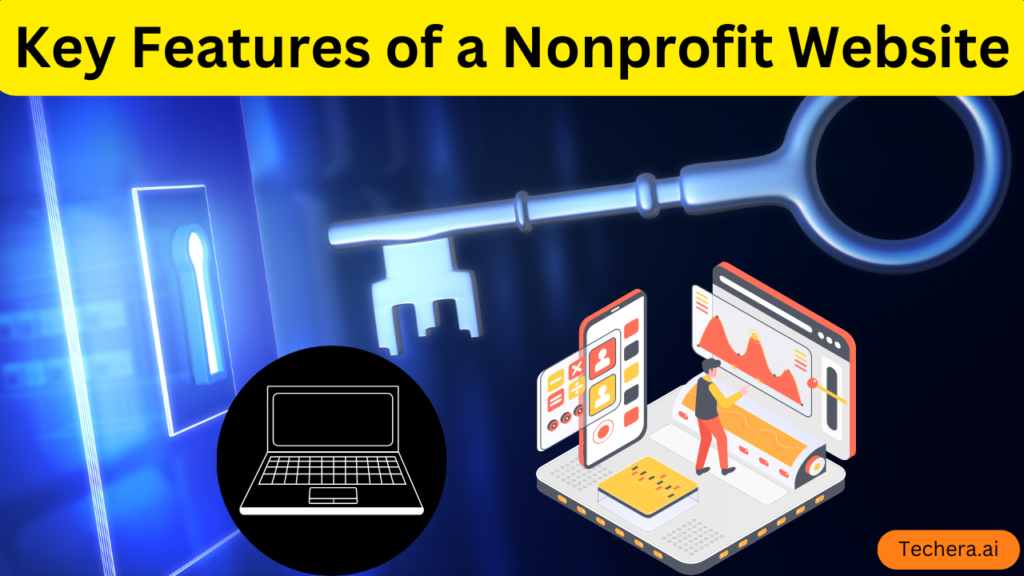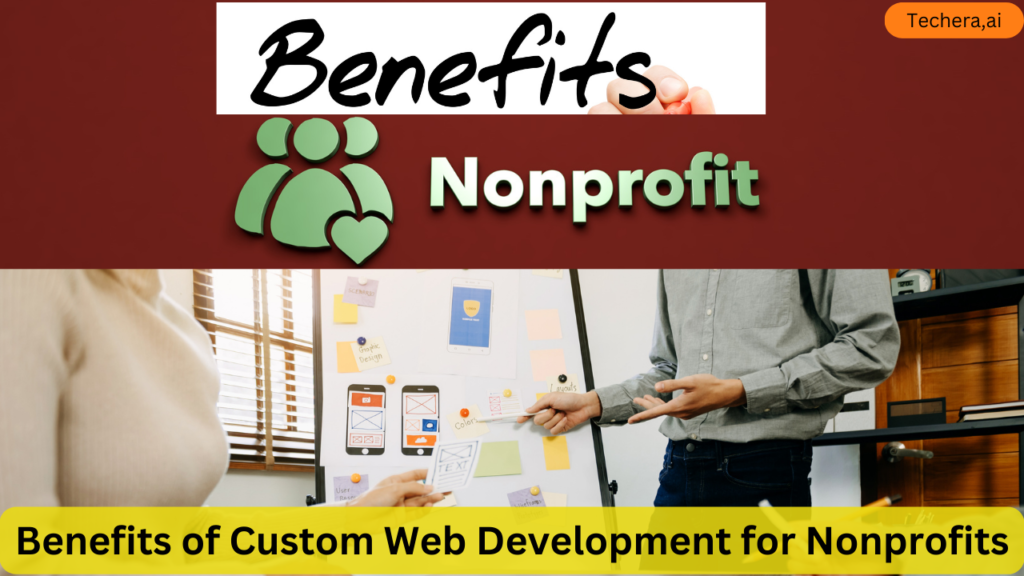
Discover how custom web development services can help nonprofits enhance their online presence, engage supporters, and drive meaningful impact. This guide explores essential website features, benefits, and tips for choosing the right development partner to build a tailored, mission-driven digital platform
Introduction
In today’s digital world, having a strong online presence is crucial for nonprofits. A well-designed website helps organizations spread their mission, attract supporters, and collect donations efficiently. However, a generic template site may not be enough to fulfill a nonprofit’s unique needs. That’s where custom web development comes in.
Understanding Custom Web Development
Custom web development involves building a website from the ground up to meet an organization’s specific needs. Unlike generic website templates, custom websites provide tailored functionality, better performance, and enhanced branding. Nonprofits benefit greatly from such solutions as they require a platform that reflects their mission, engages their audience, and drives action.
Key Features of a Nonprofit Website

User-Friendly Navigation
A website should be easy to navigate, ensuring visitors can quickly find what they need, whether it’s information about the cause, donation options, or upcoming events.
Mobile Responsiveness
With many users accessing websites from mobile devices, a responsive design ensures the site looks great and functions well on all screen sizes.
Donation Integration
A seamless and secure donation process is essential for nonprofits to receive funds efficiently. Integration with trusted payment gateways like PayPal, Stripe, or dedicated fundraising platforms can increase donations.
Event Management System
Hosting events is a big part of nonprofit operations. A built-in event management system allows organizations to promote events, handle registrations, and provide updates.
Volunteer Sign-Up and Management
An effective system for volunteers to sign up, track their hours, and communicate with the organization enhances engagement.
Also Read : The Importance of UX Design in Custom Web Development Services
Storytelling and Impact Pages
Sharing impactful stories and results builds trust and encourages more people to get involved. Well-structured impact pages highlight achievements and ongoing initiatives.
SEO Optimization
A nonprofit website needs strong SEO strategies to appear in search results, attract organic traffic, and increase visibility.
Benefits of Custom Web Development for Nonprofits

- Personalization – Tailored to reflect the mission and brand identity.
- Better engagement – Optimized features enhance user experience.
- Stronger security – Custom-built sites can have better protection against cyber threats.
- Scalability – As the nonprofit grows, the website can evolve with new features.
How to Choose the Right Web Development Partner
Experience in Nonprofit Sector
Look for developers with expertise in working with nonprofits. They understand unique challenges and requirements.
Portfolio and Case Studies
Review previous projects to assess their quality and effectiveness.
Budget and Cost Considerations
Custom development can be costly, but many agencies offer nonprofit discounts.
Ongoing Support and Maintenance
A good development partner provides continued support for updates and troubleshooting.
Steps to Building a Custom Nonprofit Website
- Define goals and requirements – Outline key objectives.
- Choose the right technology stack – Select the best platform and tools.
- Design for engagement – Prioritize user-friendly layouts.
- Develop and test – Build and refine the website.
- Launch and improve – Monitor performance and update as needed.
Conclusion
A custom-built website can significantly impact a nonprofit’s reach, engagement, and overall success. Investing in a tailored web solution ensures a site that effectively serves the mission, engages supporters, and drives meaningful action.
Frequently Asked Question
Q. Why should nonprofits invest in custom web development?
A. A custom site meets specific needs and enhances user experience.
Q. How much does a nonprofit website cost?
A. Costs vary based on complexity, but grants and discounts are often available.
Q. How can a nonprofit ensure its website is accessible?
A. Following accessibility guidelines and testing for usability helps.
Q. What platform is best for nonprofit web development?
A. It depends on needs, but WordPress, Drupal, and custom-built solutions are common.
Q. How long does it take to develop a nonprofit website?
A. Timelines vary from a few weeks to several months based on complexity.

